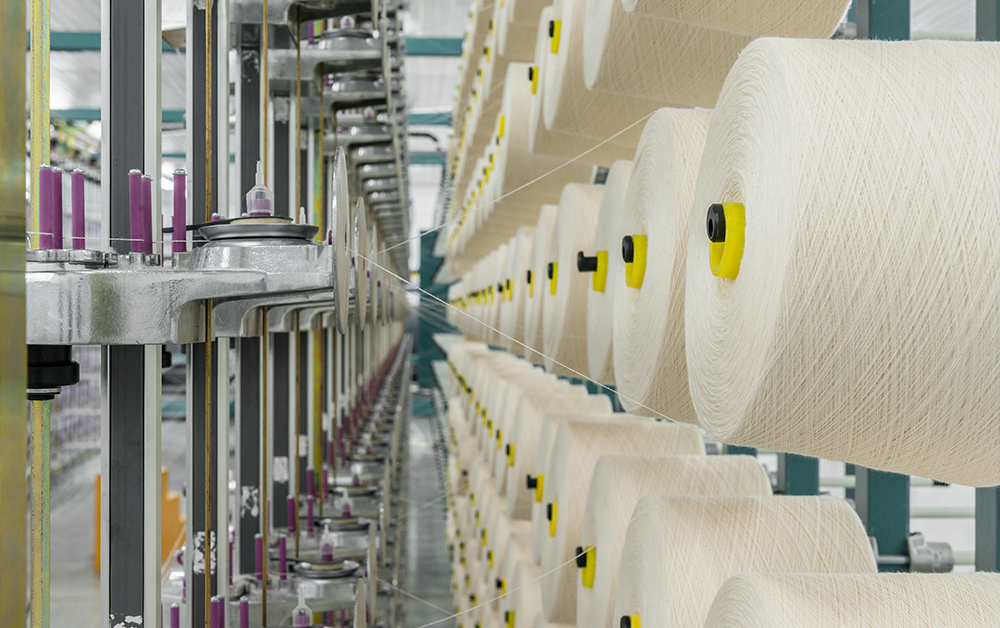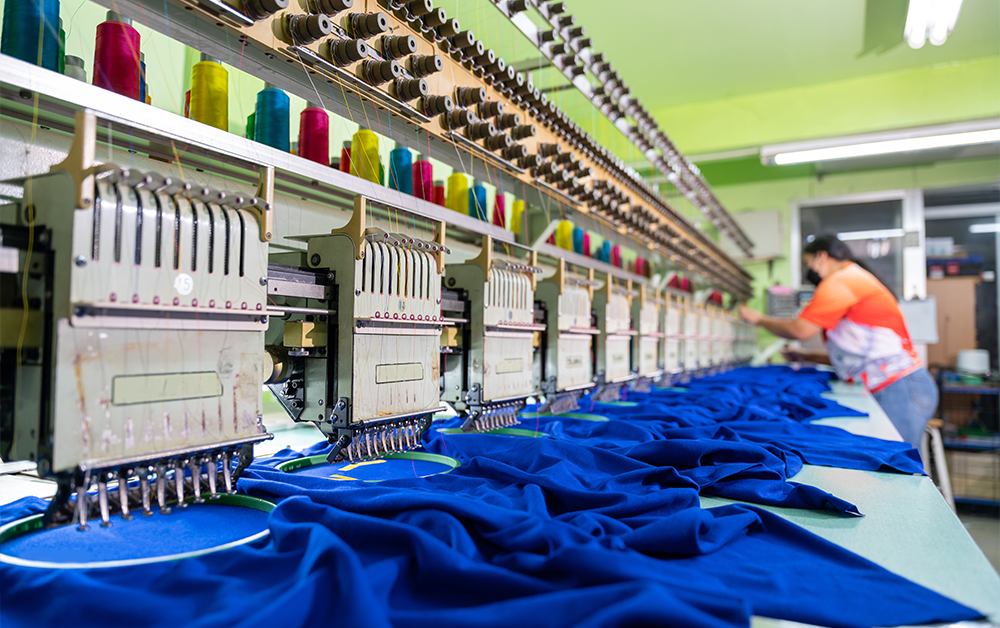IoT in Textile Industry for Sustainability
Sustainability has turned into a crucial strategy for textile businesses to remain relevant and competitive in today’s world. Embracing IoT for greater sustainability, and more efficient operations turned into top choice in textile. IoT enabled sustainability proven to improve energy management, and handling dynamic supply chain management.
Contact UsUnoptimized Process Leads to Excessive Wastage
Instability in Supply Chain Procedure

Challenges
The supply chain industry faces challenges that hinder efficiency and stability. These challenges include a lack of real-time visibility, making it difficult to track and monitor inventory, shipments, and logistics operations, leading to delays and inefficiencies. Manual data entry and documentation processes introduce errors, inconsistencies, and delays, impeding the flow of information. Inefficient inventory management without proper monitoring and tracking systems complicates optimising stock levels, anticipating demand, and avoiding stock outs or excess inventory.

Strategy
Integrating IoT technologies into the supply chain procedure offers solutions to common challenges in the industry. The lack of real-time visibility can be addressed through IoT devices like sensors and RFID tags, enabling accurate tracking and monitoring of inventory, shipments, and vehicles. Automation and data exchange capabilities streamline processes and eliminate manual data entry, enhancing communication and decision-making. By leveraging predictive analytics and optimization, IoT-enabled supply chains can anticipate demand, optimise inventory levels, and improve overall operational efficiency.

Outcome
Integrating IoT into the supply chain procedure yields enhanced visibility, improved operational efficiency, better inventory management, and proactive risk mitigation. Real-time tracking and monitoring enable informed decision-making and quick response to disruptions. IoT-enabled inventory tracking leads to optimised stock levels and improved demand forecasting. Predictive analytics identify risks in advance, enabling proactive mitigation and improved supply chain resilience.